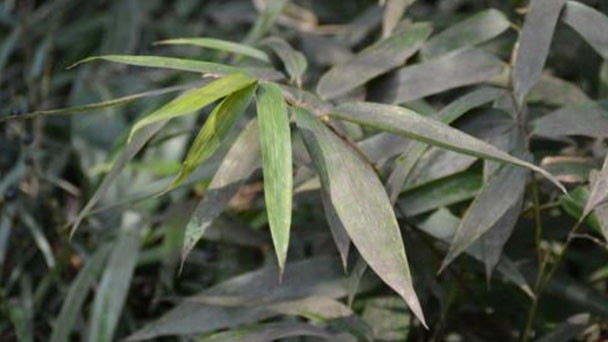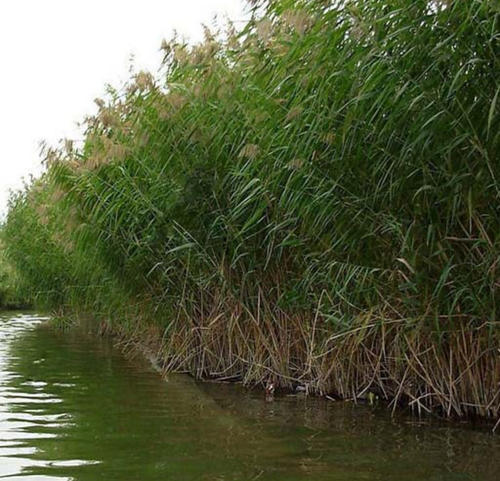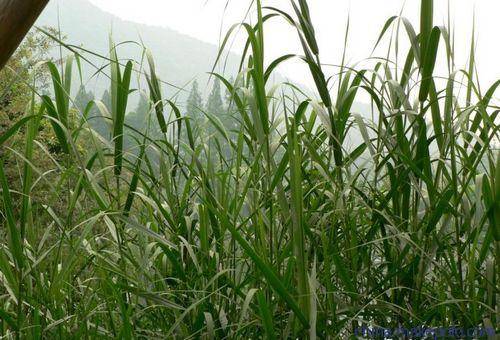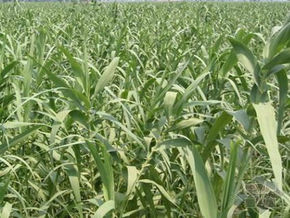How to grow and care for Arundo
Written by Maggie
Dec 21 2020

Do you know how to grow Arundo? How does this aquatic plant reproduce? Come see with me together!
Arundo can be propagated by seeding, fritting, and cuttings, but it is usually propagated by fritting. In early spring, Arundo is bound into clumps for planting, then grown for a period of time before being transplanted. Spring cuttings can be cut into 20-30 cm part, each segment should be internodes, inserted into the wet soil, white young roots will be in about 30 days in internode germination, and then sowing.Watch for weeds and maintain humidity during the growing season, without special maintenance.

How to grow Arundo
Site selection: Moderate saline and alkaline land (less than 0.4% of salt content) with moderately fertile, flat terrain and convenient irrigation and drainage. There are no strict soil quality requirements for Arundo growth, but clay is the best.
Deep tillage and fertilization: Before planting, apply 2000-2500 kilograms of organic fertilizer per mu, apply 50 kilograms of diammonium phosphate or nitrogen, phosphorus and potassium compound fertilizer per acre, deep to 25-30 centimeters, rake the ground thoroughly and carefully.
Seed selection and seedling breeding: Choose Arundo roots that are 1-2 years old and firm, free of disease, insects, and harmless. Each cut stem block weighs 0.5 to 1 kg and has 3 to 5 growing buds. The roots of Arundo should be germinated in early March, and then the seeds should be sown. The row spacing is 1.5 meters, the pier spacing is 0.8 meters, and the trench depth is 15-20 centimeters. After planting, the soil should be covered with 5-10 centimeters.For planting soil, it is best to moisten the soil before ploughing and sowing to prevent the surface from drying out.

How to care for Arundo
When Arundo gets sick, its bamboo stems turn yellow, which affects its growth. Symptoms are characterized by a rusty to yellowish raised round spot on the leaves, called citric acid spore and trichospores. In the initial stage of the disease, blisters form, which are covered by the host epidermis, and the back of the epidermis is broken, with citric acid spores scattered with yellow-brown powder. The pathogen is known as rust. It may be infected with xanthine, etc., and the transmission route and disease status turn to host parasitism, but the life history is unknown.
Arundo is an ingredient in high-quality pulp and rayon, with up to 12% crude protein in young buds and leaves. Arundo is a high-quality green feed for livestock, and its roots can be used for fever, fatigue, soreness, bad urination pain, toothache and other symptoms.
Arundo also has the great advantage of producing crops without taking soil fertility away, properties that help keep the environment and supply chain sustainable.

Latest Updated
- Benefits of Bugleweed - 7 Science-backed Health Benefits
- Bugleweed Dangers & Side Effects - Is It Poisonous?
- How to Plant Evergreen Trees - What You Should Know
- When to Plant Evergreens - Grow Guide for Evergreen Trees
- 12 Wonderful Evergreen Shrubs for Your Garden
- 12 Popular Evergreen Plants with Pictures for Beginners
- When And How To Prune A Lilac Bush Like a Pro
- How to Grow & Care for Lilac Vine (Hardenbergia Violacea)
- Japanese Lilac Tree (Syringa Reticulata) Care & Propagation Guide
- Shumard Oak Pros and Cons - What to Know
Popular Articles
- Winter maintenance of Antirrhinum Majus
- How to Grow Terminalia Mantaly Tree
- How to Grow and Care for Crossostephium Chinense
- How to grow Antirrhinum Majus in spring
- Peristeria Elata (Dove Orchid) Profile: Info & Care Guide
- Underwatered Snake Plant (Sansevieria Trifasciata) - Signs And How To Fix
- How to Care for Brazilian Jasmine Plant (Mandevilla Sanderi)
- How to Grow & Care for Graptopetalum Purple Delight in Summer
- Rosa Chinensis (China Rose): Plant Growing & Care Tips
- How to Care for Baby Sun Rose (Aptenia Cordifolia)